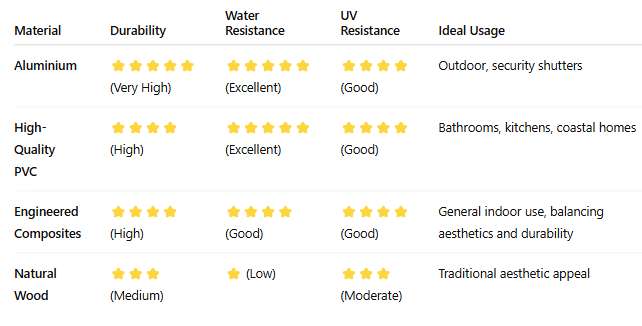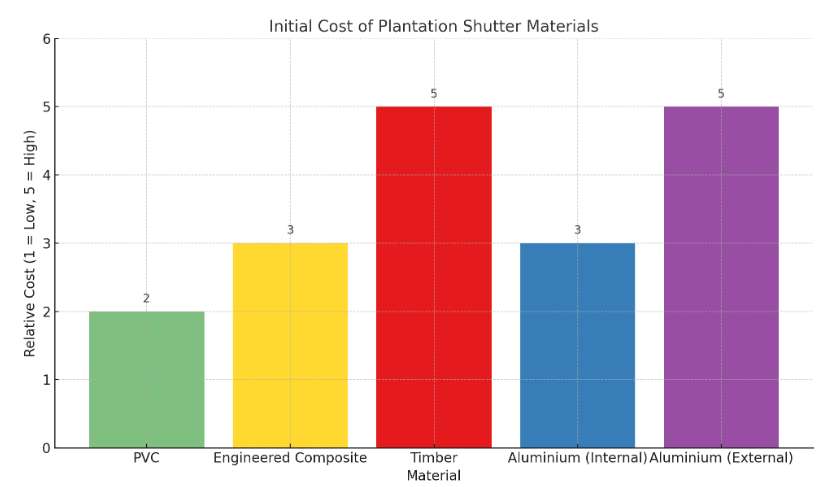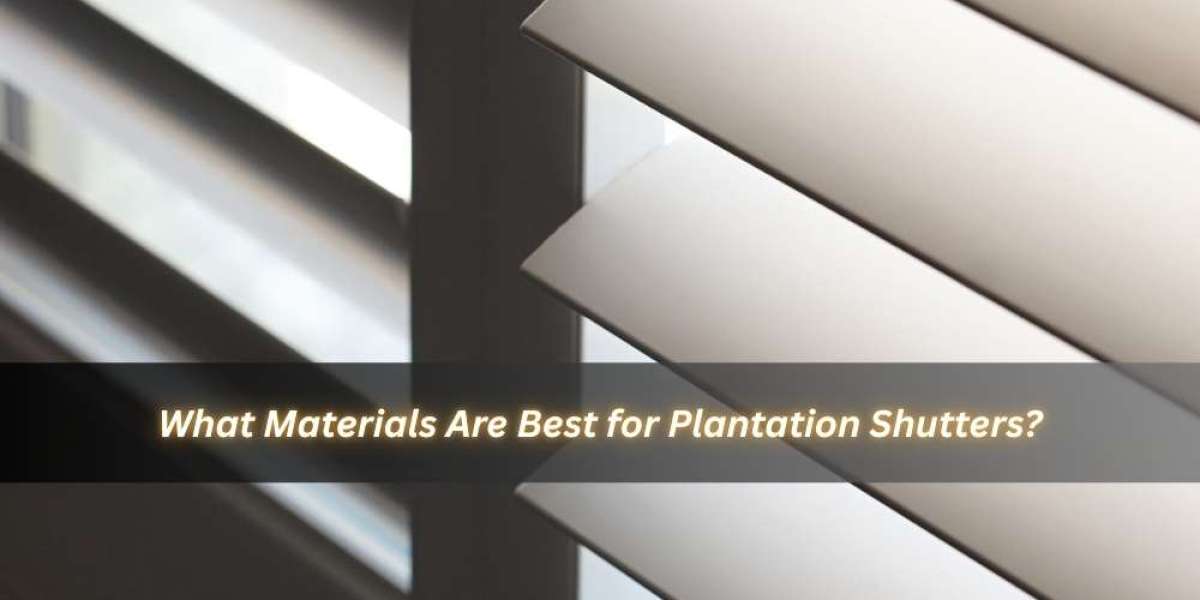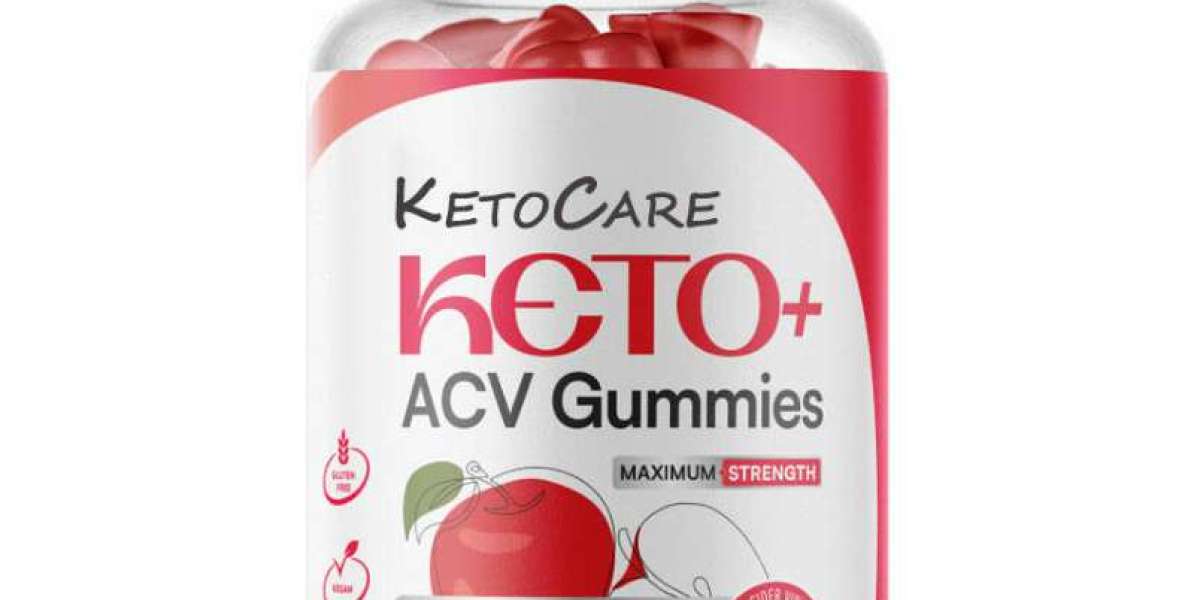Choosing the right plantation shutters can be a challenge. You’re envisioning those clean lines and how they’ll control the Sydney light, but then doubts creep in. Timber, PVC, aluminium – what’s the real difference? Which material will withstand the Australian climate without warping? And, let’s be honest, you want something that looks great without breaking the bank. Getting it wrong means living with something that doesn’t quite hit the mark or needs replacing sooner than you’d like. For those looking for quality plantation shutters that blend style and durability, understanding the core materials is the first crucial step.
What are the most durable shutter materials?
Plantation shutter longevity relies on the strength of the material to endure daily usage, humidity, and the intense Australian sun. Certain materials are far superior to others.

- Aluminium: Great for outdoor use, such as window awnings or security shutters, aluminium is strong and resistant to corrosion. Though less frequently utilised indoors for the traditional plantation style, its durability cannot be surpassed. It will not warp or crack readily and can be a solid investment.
- High-quality PVC: New PVC shutters are constructed with very high levels of durability. They are naturally water-resistant, ideal for bathrooms and kitchens, and for coastal houses in Sydney, where salt air can be an issue. Quality PVC will not sag or yellow over time and can handle repeated cleaning.
- Engineered composites: They take the look of real wood and couple it with manufactured toughness. They're usually a solid core wrapped with a protective finish, giving it immunity to water, warping, and cracking. That can be a clever way to balance the look and lifespan.
Though natural wood is pretty, it warps more easily, is damaged by water, and scratches unless coated and adequately maintained. Hence, maximum durability requires using aluminium, premium rigid PVC, or sturdy composites.
Best shutter material for a modern look?
Plantation shutters usually acquire a modern appearance through clean lines, minimalism, and specific colour schemes. Your material of choice will enhance or detract from the contemporary look.
- Smooth PVC: High-end PVC shutters can have a soft, silky finish, tastefully enhancing modern interiors. They are available in various modern colours, from crisp whites and frosty greys to even darker, more dramatic tones.
- Aluminium: Aluminium's innate sheen perfectly suits a modern, industrial-chic look. Not so much the initial go-to for the more classic plantation shutter look, though, its sharp lines and metal undertones can be stunning in the right modern setting.
- Wood (with the right finish): While wood is outdated, having a hardwood finish that is very smooth and painted in a modern colour is an alternative. A little wider slats also make it appear more modern.
The most critical parts of a contemporary appearance are the finish and the colour. The correct material will create an unbroken, untextured finish in contemporary colours. PVC and tidily finished wood are perfect, although aluminium does give a modern feel.
Which shutters offer the best insulation?
With hot summers and occasionally chilly winters, energy efficiency is a considerable issue in Sydney. Installing plantation shutters can improve home energy efficiency by adding an insulating layer to your windows, regardless of the material used.
- Timber is a good natural insulator with high thermal resistance. Solid timber shutters are very effective in preventing heat transfer during summer and retaining warmth during winter, thereby reducing energy expenses.
- PVC: PVC's cellular structure allows it to possess better insulation properties. PVC shutters can hold air well, creating an effective barrier against temperature changes. This makes them a very energy-efficient option.
- Engineered composites: Engineered composite shutters also offer adequate insulation based on their core material. Choose energy-efficient options.
Though durable, aluminium is a heat and cold conductor and offers the poorest insulation among these popular shutter materials. Timber and especially PVC shutters are excellent choices if energy efficiency matters.
Ideal shutter material for sunny rooms?
The sunshine in Sydney is a big attraction, but it can be harsh on window treatments. The best shutters for a very sunny room will have been built to withstand prolonged exposure to UV light, as it causes the shutter to fade, warp and become brittle.
- Durable PVC: Top-quality PVC shutters are designed to withstand harsh sunrays without yellowing or losing strength over the years, thus proving the ideal choice for your sunroom.
- Aluminium: It is also highly durable and resistant to UV damage. It will not break down or fade in sunlight, making it a good choice for prolonged exposure to sunny rooms.
- Timber (with UV-resistant finishes): Timber can degrade with sun exposure, but UV-resistant paint or stain can help in sunny rooms. Either way, the finish may need to be maintained with some routine maintenance.
Lower grades of unprotected wood or plastic can be kept away from sunny all-day sunrooms. Over time, these items will crack, warp and fade.
Which shutter material is most affordable?
Budget will likely be the first consideration for any home renovation project. With plantation shutters, budget will be a factor of material, size, and installation difficulty. Usually:

- PVC: PVC shutters are generally the most budget-friendly option. They offer a good balance of durability and appearance at an affordable price.
- Engineered composites are in the middle when it comes to cost. They offer relatively enhanced durability and occasional appearance when compared to bare PVC. However, they are still lower in price than real hardwood.
- Timber: High-quality hardwood shutters tend to be the most expensive. This is due to the expense of raw materials, the quality of craftsmanship, and potentially more significant maintenance requirements.
- Aluminium: Aluminium shutter prices will vary depending on the specific type and purpose. Internal aluminium shutters can be as cheap as mid-range models, but external security-focused shutters are more expensive.
It is also something to consider in terms of long-term worth. While wood would have a higher cost in the short term, its continued popularity and worth as a bonus element on the property would be considered. Similarly, the longevity of PVC and aluminium would mean fewer replacements.
Conclusion
Selecting the optimal fit materials for your Sydney plantation shutters is about balancing a set of considerations: durability, appearance, insulation, ability to adapt to a room's specific conditions (such as sunny rooms or wet rooms), and price. A natural wood will add old-world elegance, but quality PVC and engineered composites tend to provide the more utilitarian, less expensive option to most Sydney house buyers. Aluminium is durable, particularly for exterior use or a modern design. Last but not least, the optimal material will be tailored to your needs and desires. Understanding the pros and cons of each will assist you in making wise choices about energy consumption and investing in plantation shutters that will beautify your home for years to come.



